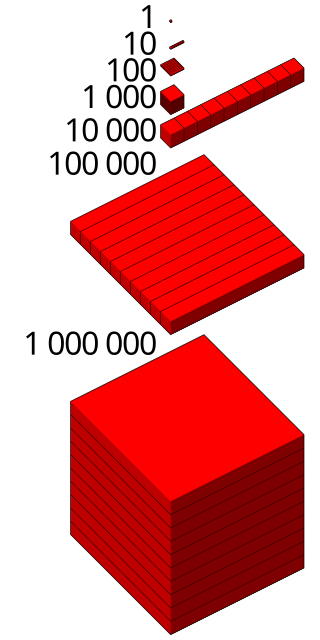11 (eleven) is the natural number following 10 and preceding 12. It is the first repdigit. In English, it is the smallest positive integer whose name has three syllables.
22 (twenty-two) is the natural number following 21 and preceding 23.
23 (twenty-three) is the natural number following 22 and preceding 24.
47 (forty-seven) is the natural number following 46 and preceding 48. It is a prime number.
1000 or one thousand is the natural number following 999 and preceding 1001. In most English-speaking countries, it can be written with or without a comma or sometimes a period separating the thousands digit: 1,000.
300 is the natural number following 299 and preceding 301.
500 is the natural number following 499 and preceding 501.
700 is the natural number following 699 and preceding 701.
600 is the natural number following 599 and preceding 601.
3000 is the natural number following 2999 and preceding 3001. It is the smallest number requiring thirteen letters in English.
163 is the natural number following 162 and preceding 164.

1,000,000, or one thousand thousand, is the natural number following 999,999 and preceding 1,000,001. The word is derived from the early Italian millione, from mille, "thousand", plus the augmentative suffix -one.

1,000,000,000 is the natural number following 999,999,999 and preceding 1,000,000,001. With a number, "billion" can be abbreviated as b, bil or bn.
181 is the natural number following 180 and preceding 182.
10,000,000 is the natural number following 9,999,999 and preceding 10,000,001.
100,000,000 is the natural number following 99,999,999 and preceding 100,000,001.
271 is the natural number after 270 and before 272.
40,000 is the natural number that comes after 39,999 and before 40,001. It is the square of 200.
60,000 is the natural number that comes after 59,999 and before 60,001. It is a round number. It is the value of (75025).




